On the morning of February 2, 2016, we made our way to Punakha’s Chimi Lakhang, more famously known as the Temple of the Divine Madman. It required a short walk from the main road, around the farms and a small village before we got to the temple. Aside from the usual breathtaking views however, what caught our attention the most was the frequent appearance of phallus (or in basic terms, penis) symbols in stores and walls around the village. It’s definitely not something you’d expect from a conservative country like Bhutan but apparently, there’s an explanation for this–one that is closely connected to the Divine Madman, Drukpa Kunley.
Drukpa Kunley isn’t your usual saint. His ways of teaching was unorthodox and shocked the clergy aplenty. Legend has it, Drukpa Kunley used to hit evil forces with his phallus and turn them into protective deities. “It was he who propagated the legend of painting phalluses on walls and flying hanging phalluses from roof tops of houses to drive away evil spirits and subdue demonesses.” In present day though, the temple built in his honor, Chimi Lakhang, is more known for its fertility blessings. Couples, not only from Bhutan but from all over the world, come here to pray for fertility and to be blessed with a child. Since none of us is looking to have a child yet, my sister just had a few phallus pendants blessed at the temple and gave it to her married couple friends. And guys, not kidding. It may just be a coincidence and all but 2 out of the three couples she gave the pendants to were blessed with a child right after. (Insert surprised face emoji here.)
Before ending the day, we also visited the Sangchhen Dorji Lhuendrup Nunnery (please don’t try to pronounce this. LOL). This time, no phallus symbols in sight (thankfully). It’s located on top of a hill so it’s quite isolated–perfect for the nuns’ religious and life training. As usual, the place was beautiful–built in traditional Bhutanese architecture. I don’t know why but I just can’t get tired of it. The white washed walls mixed with colorful carvings and rooftops…classic masterpiece.
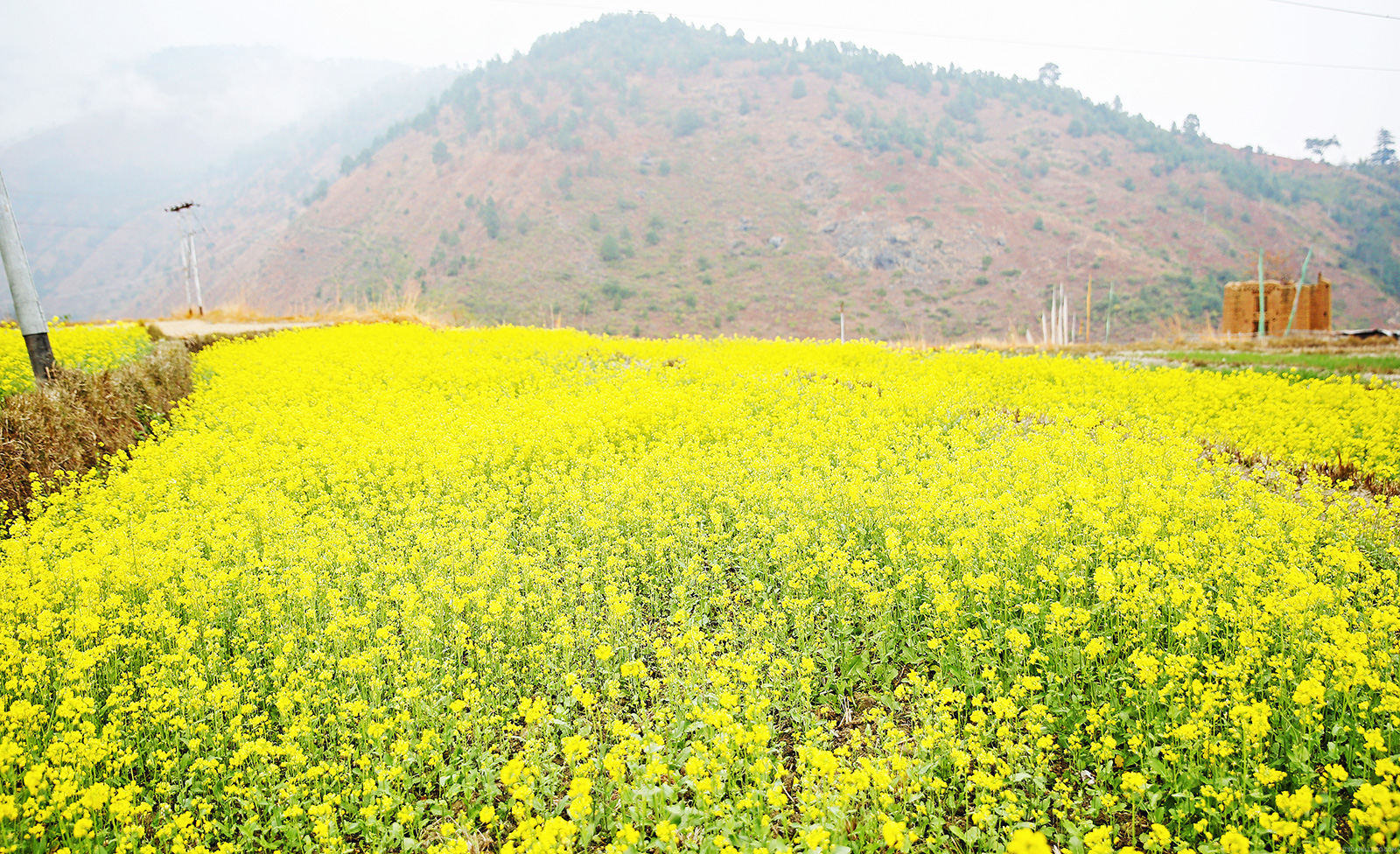
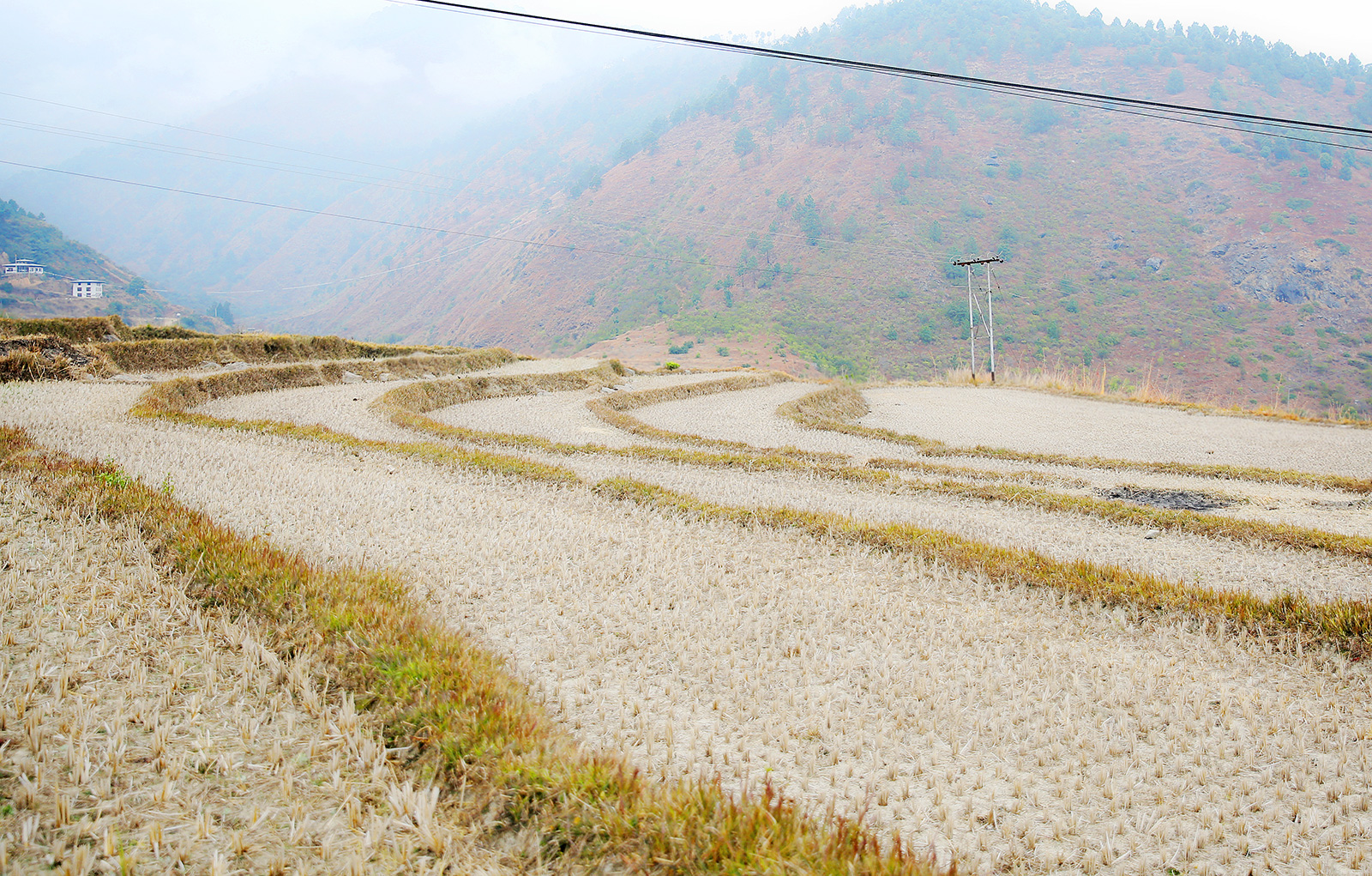
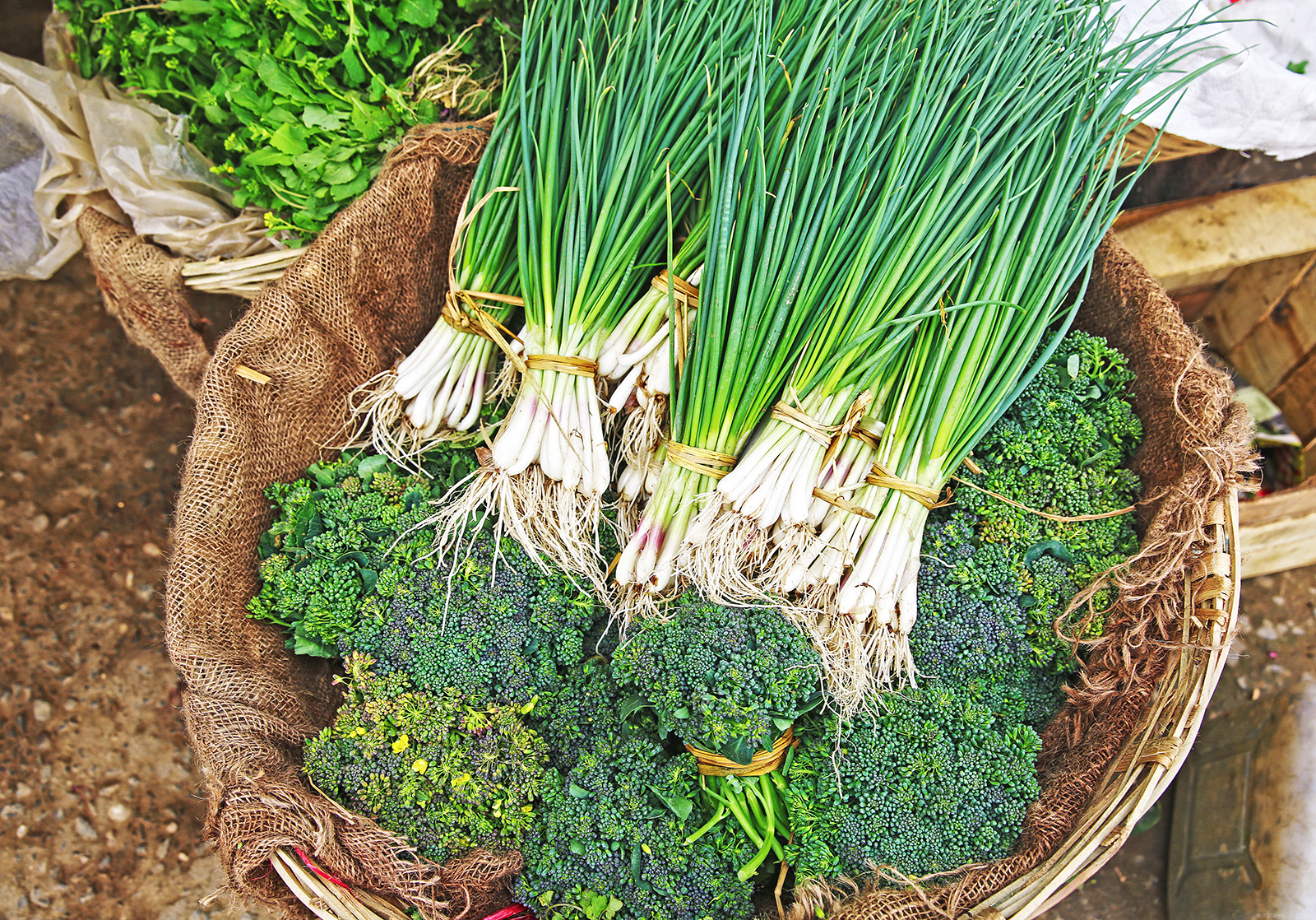
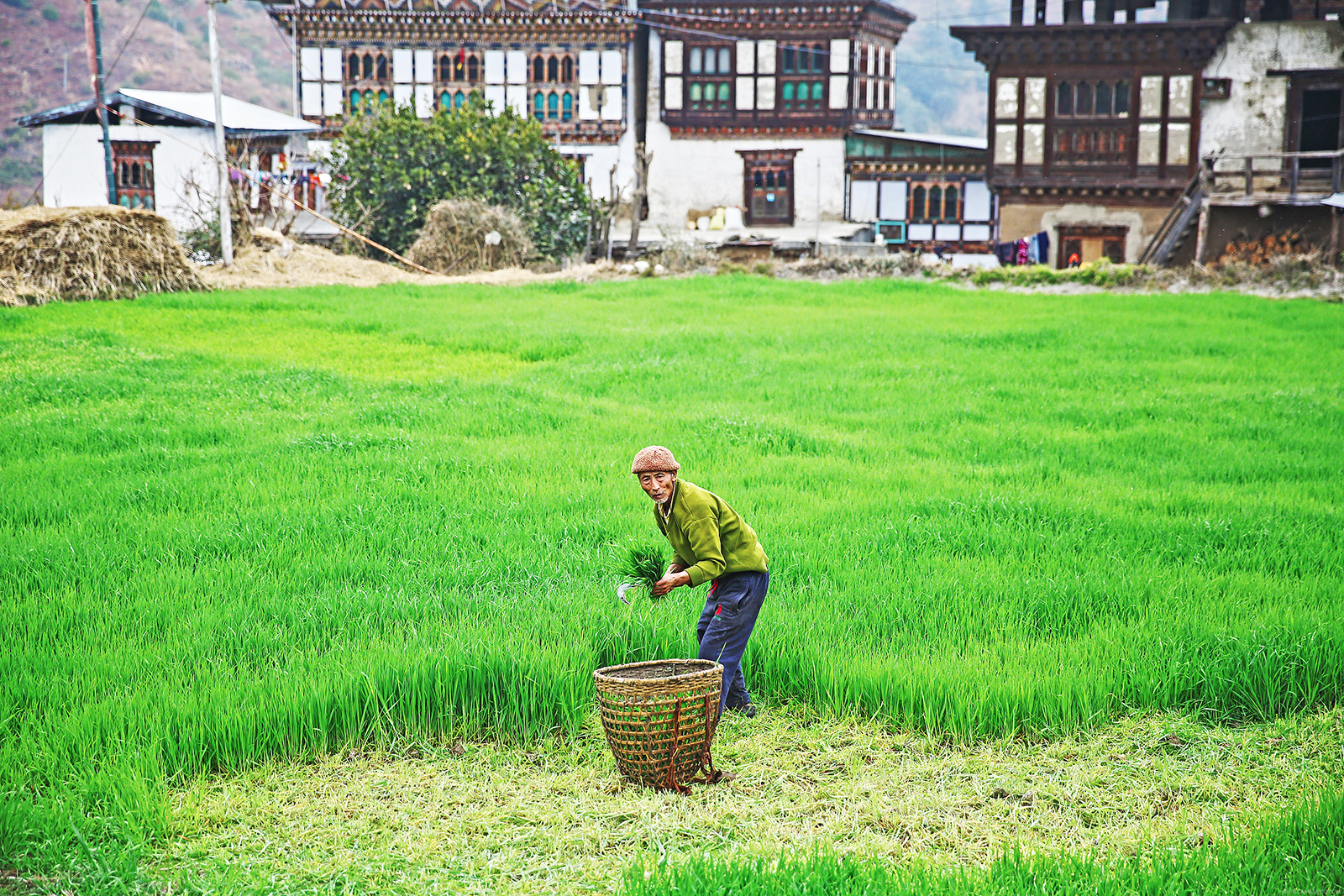
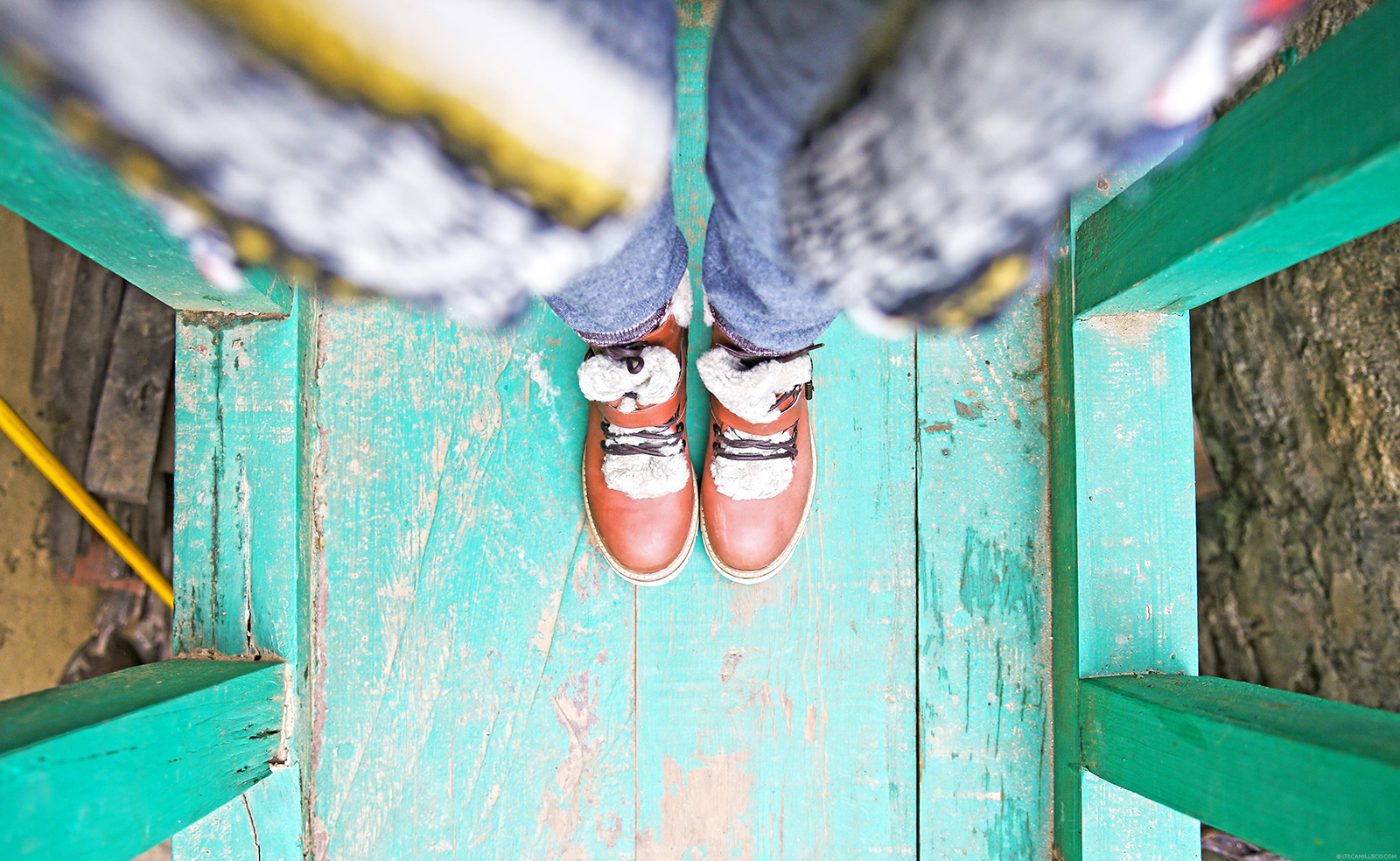
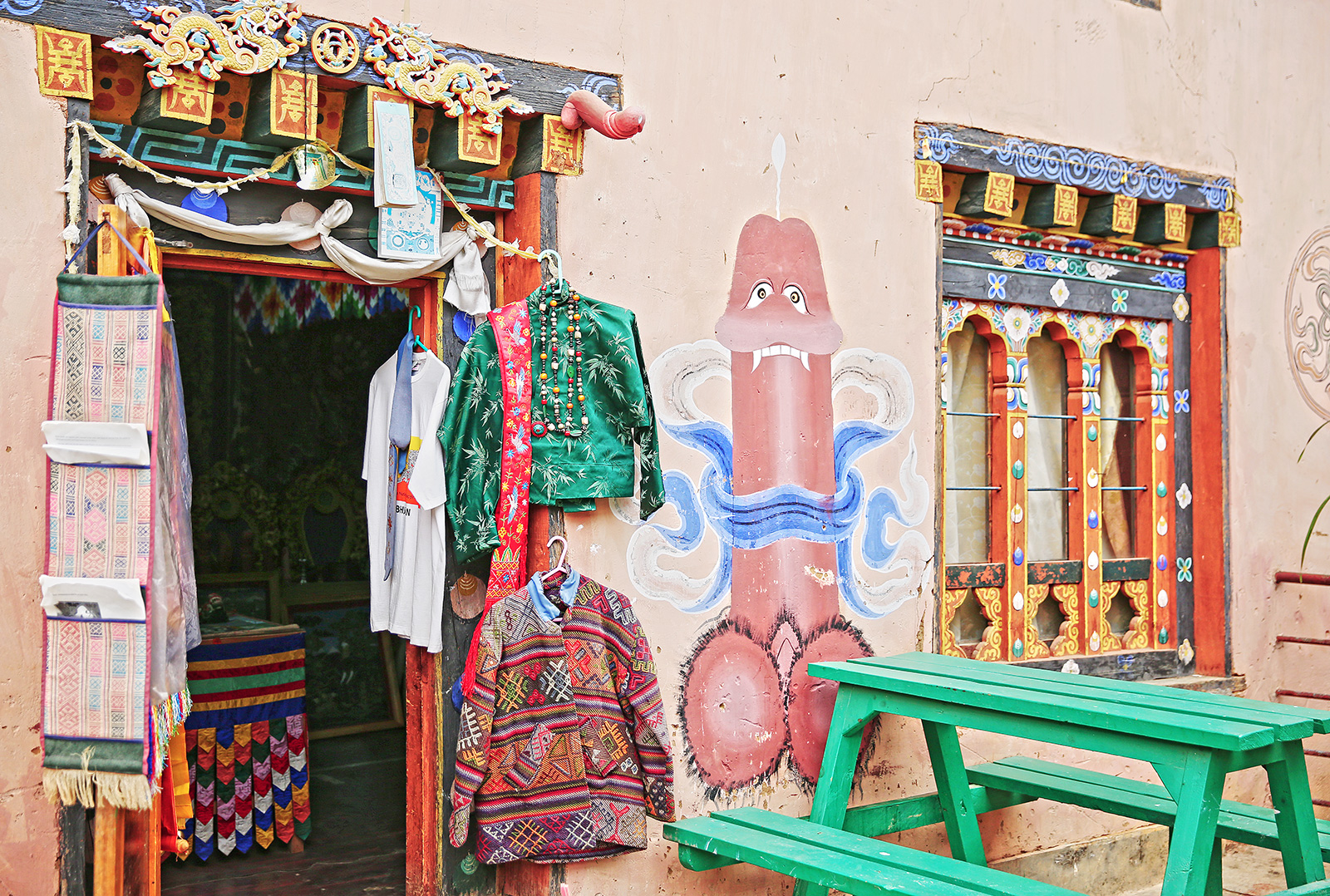
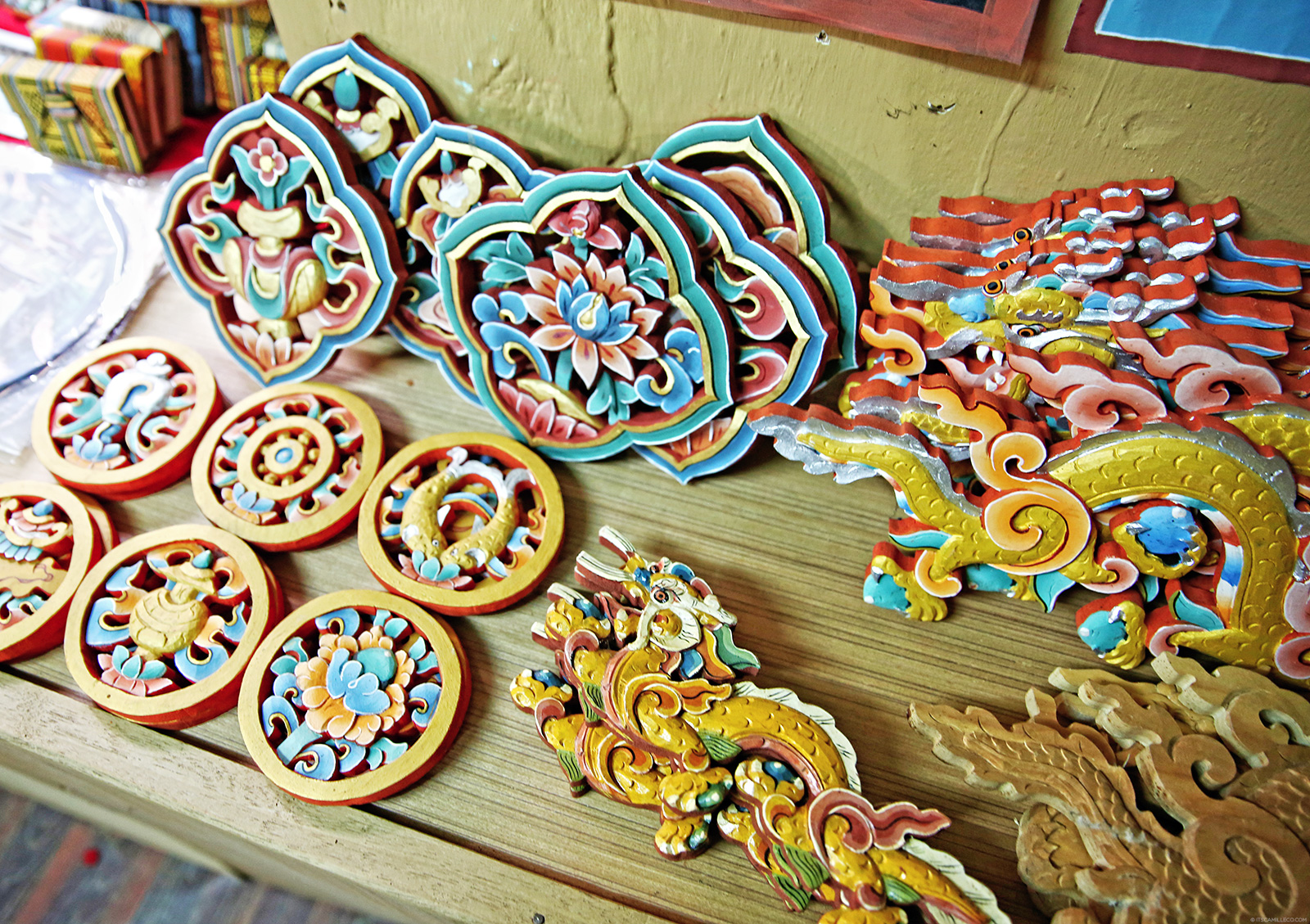


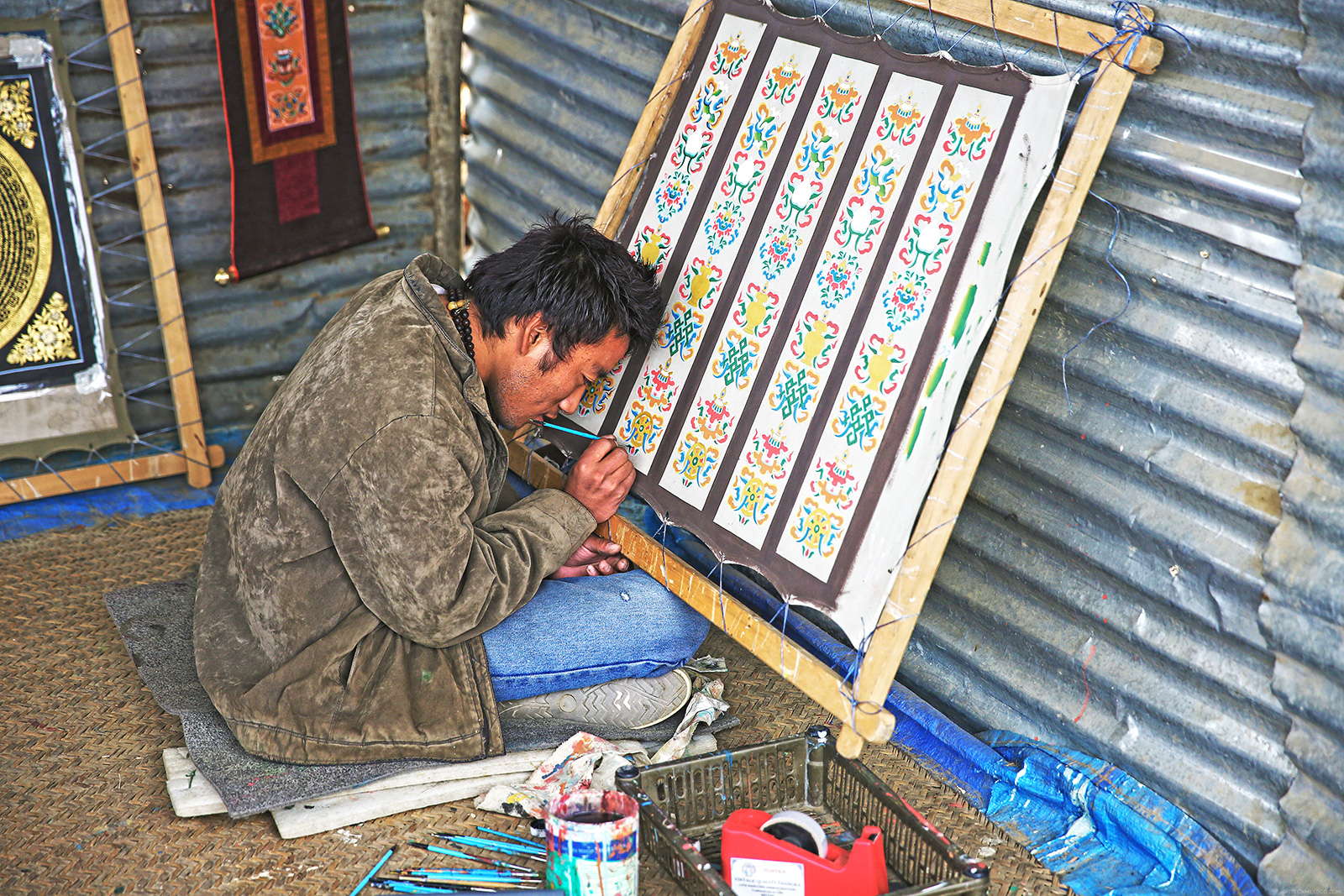
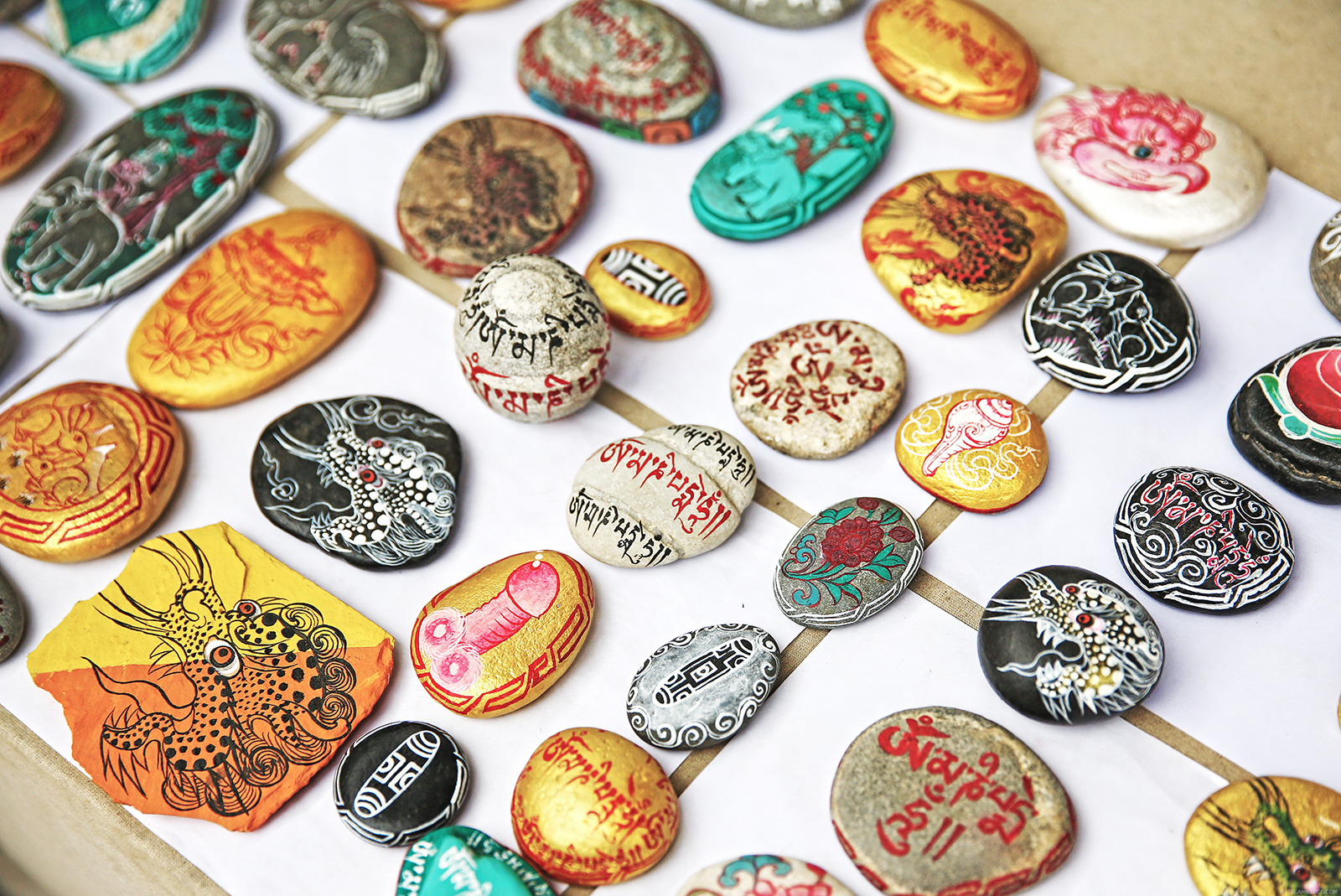
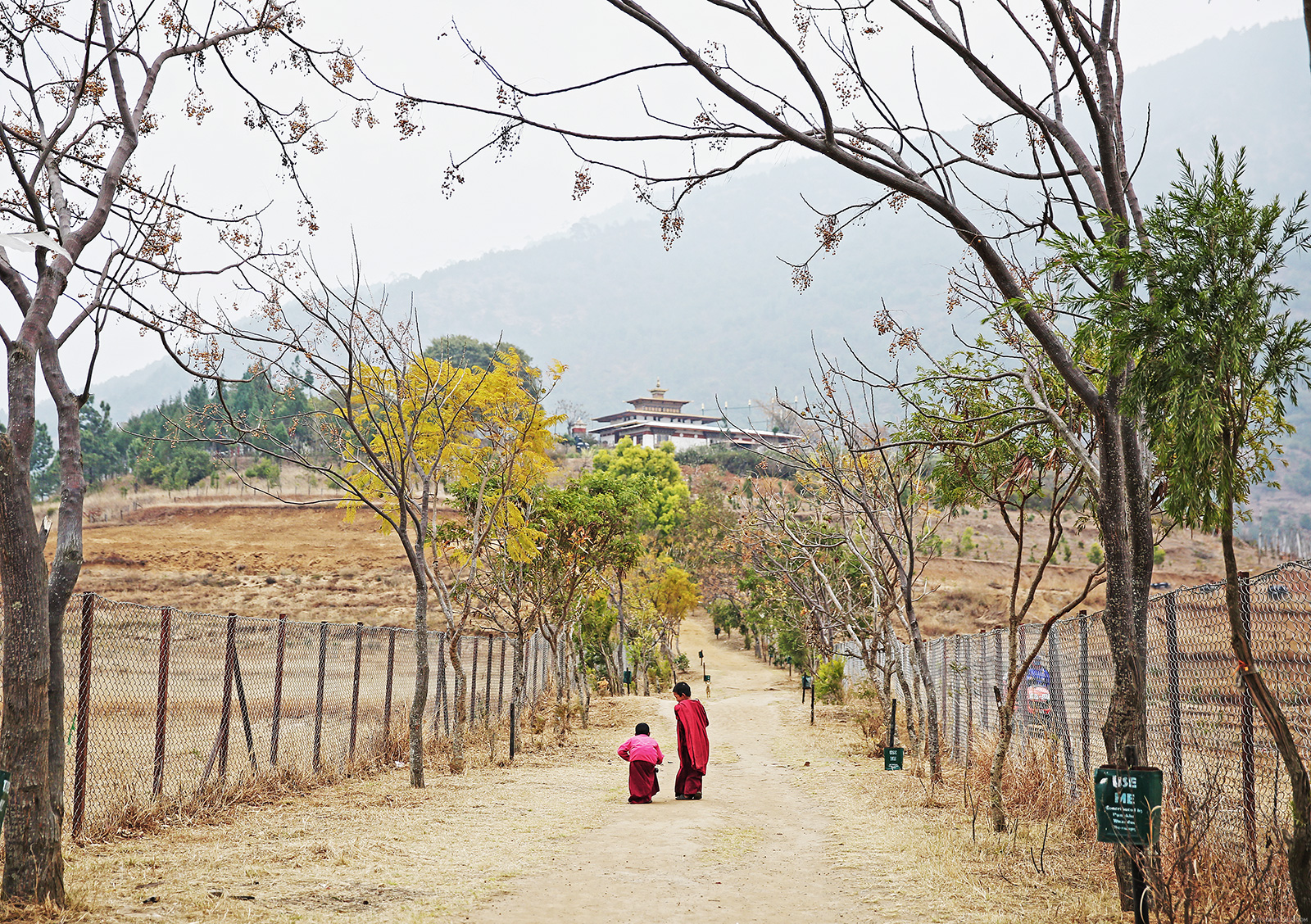
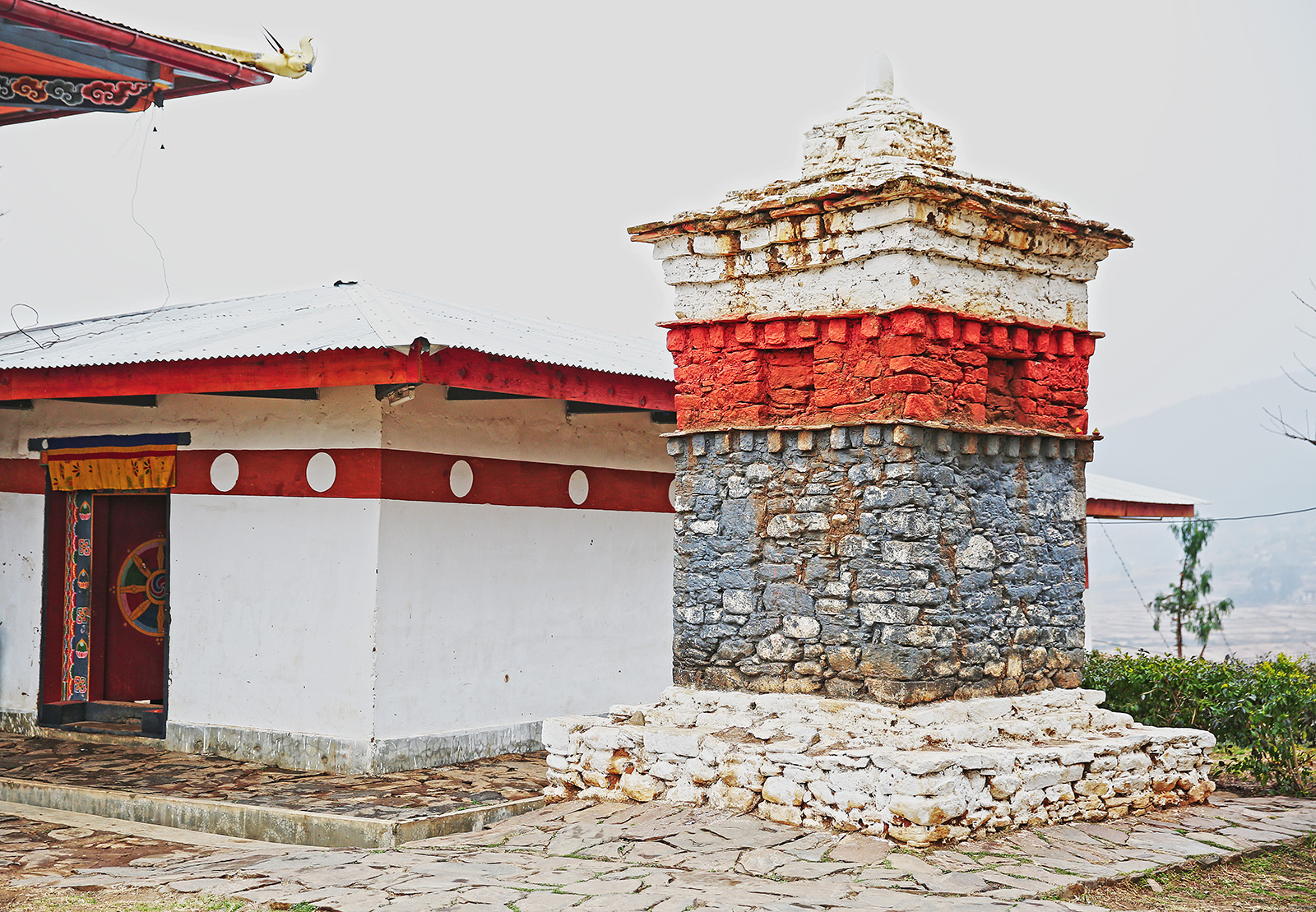
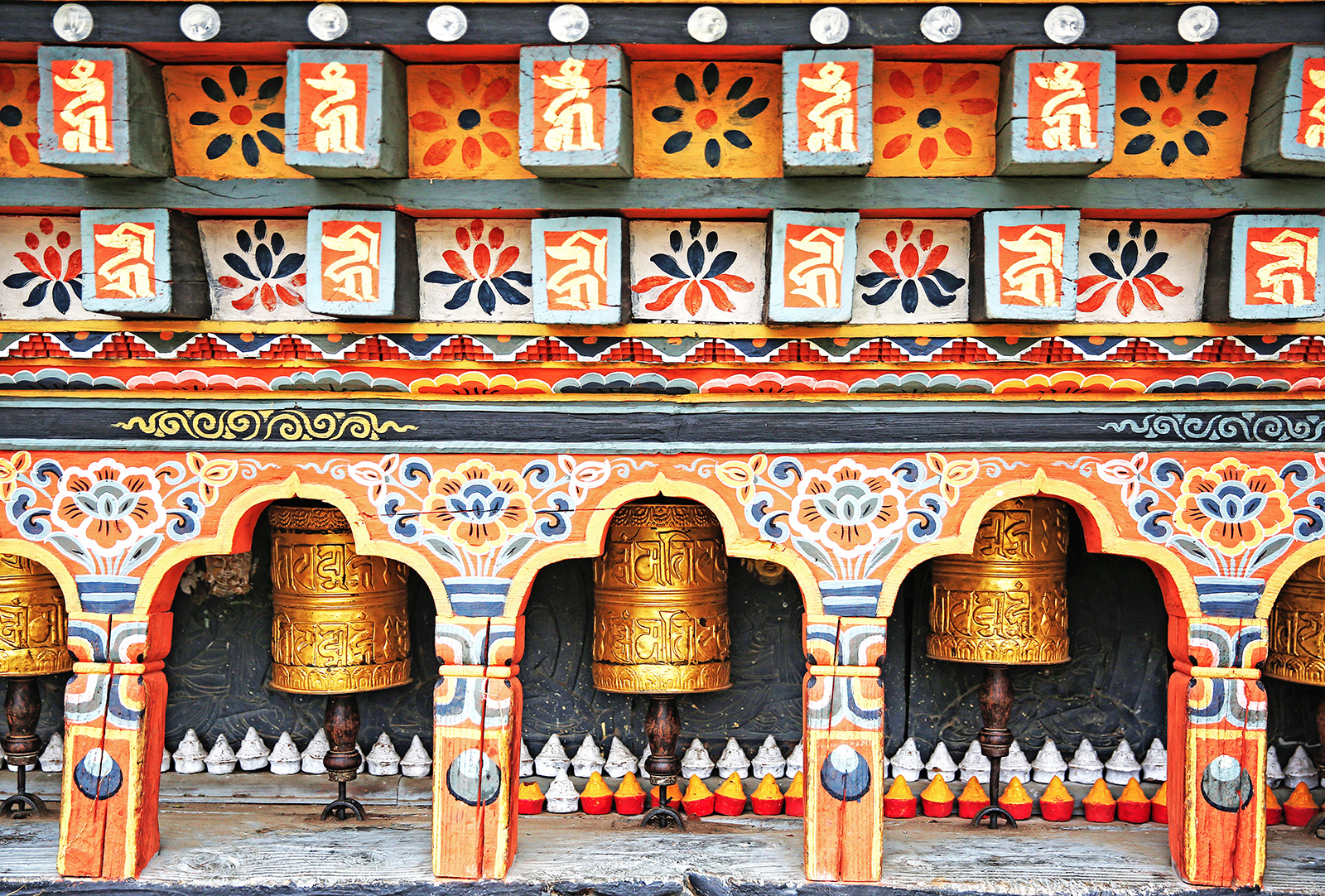
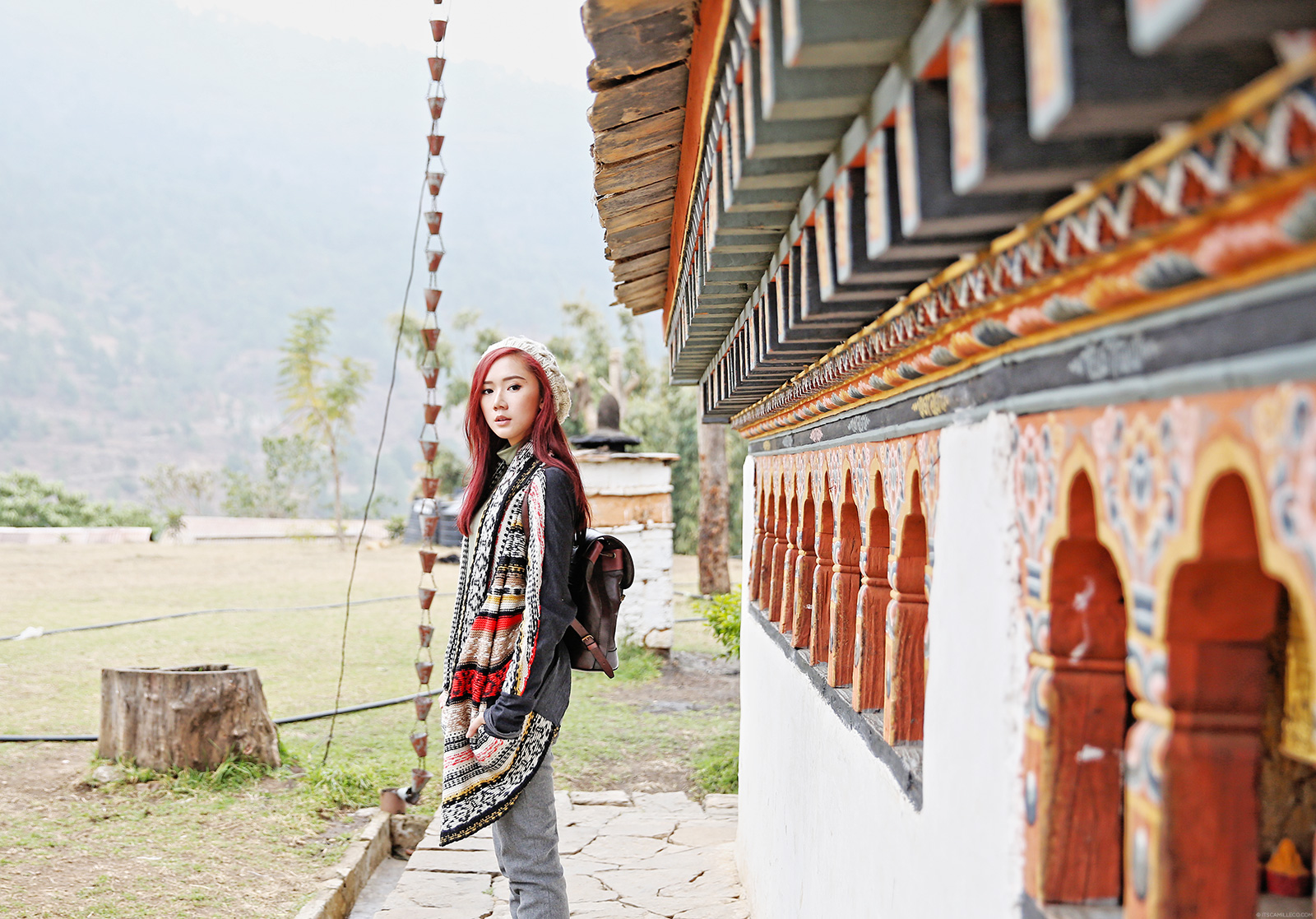
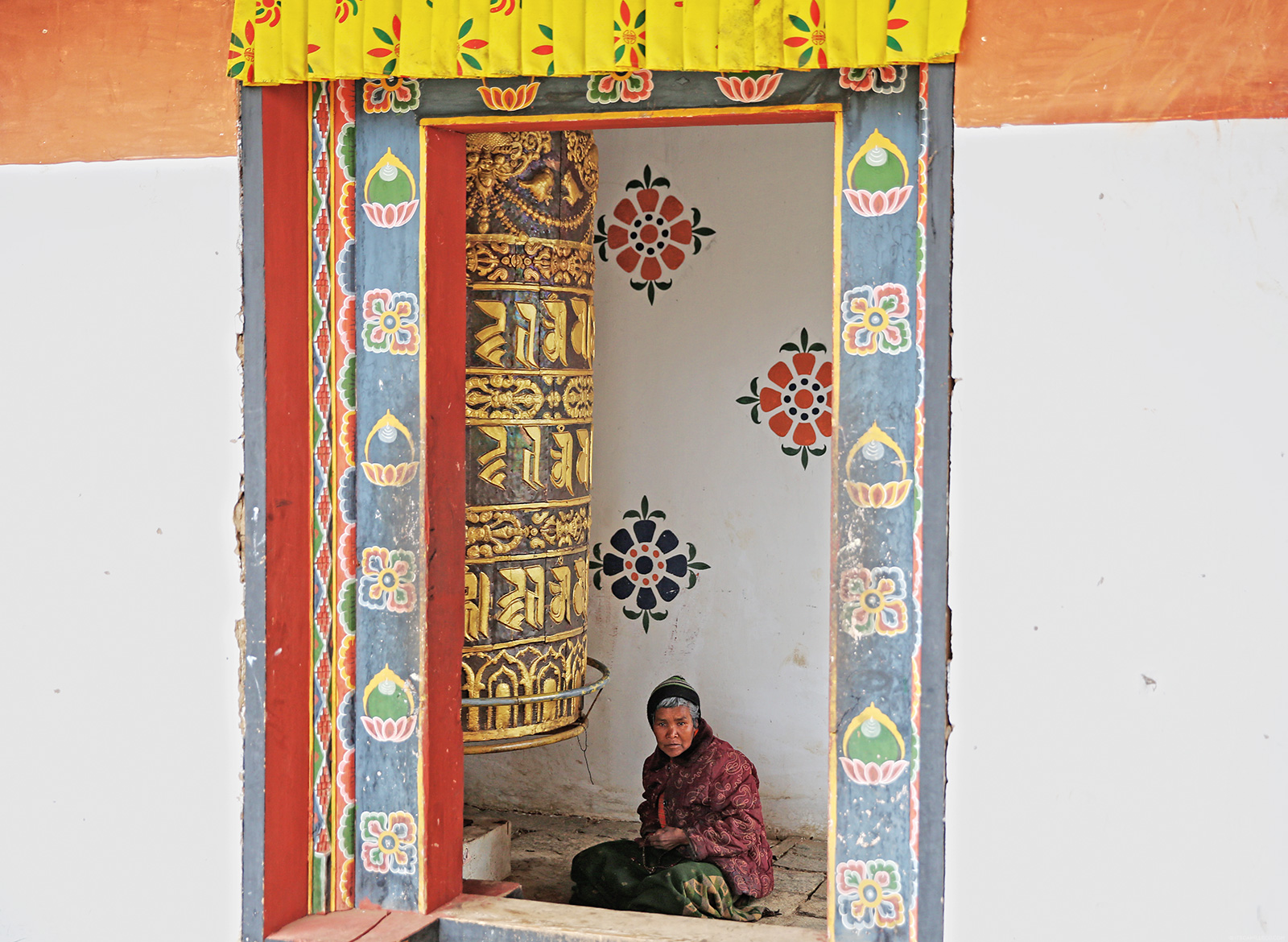
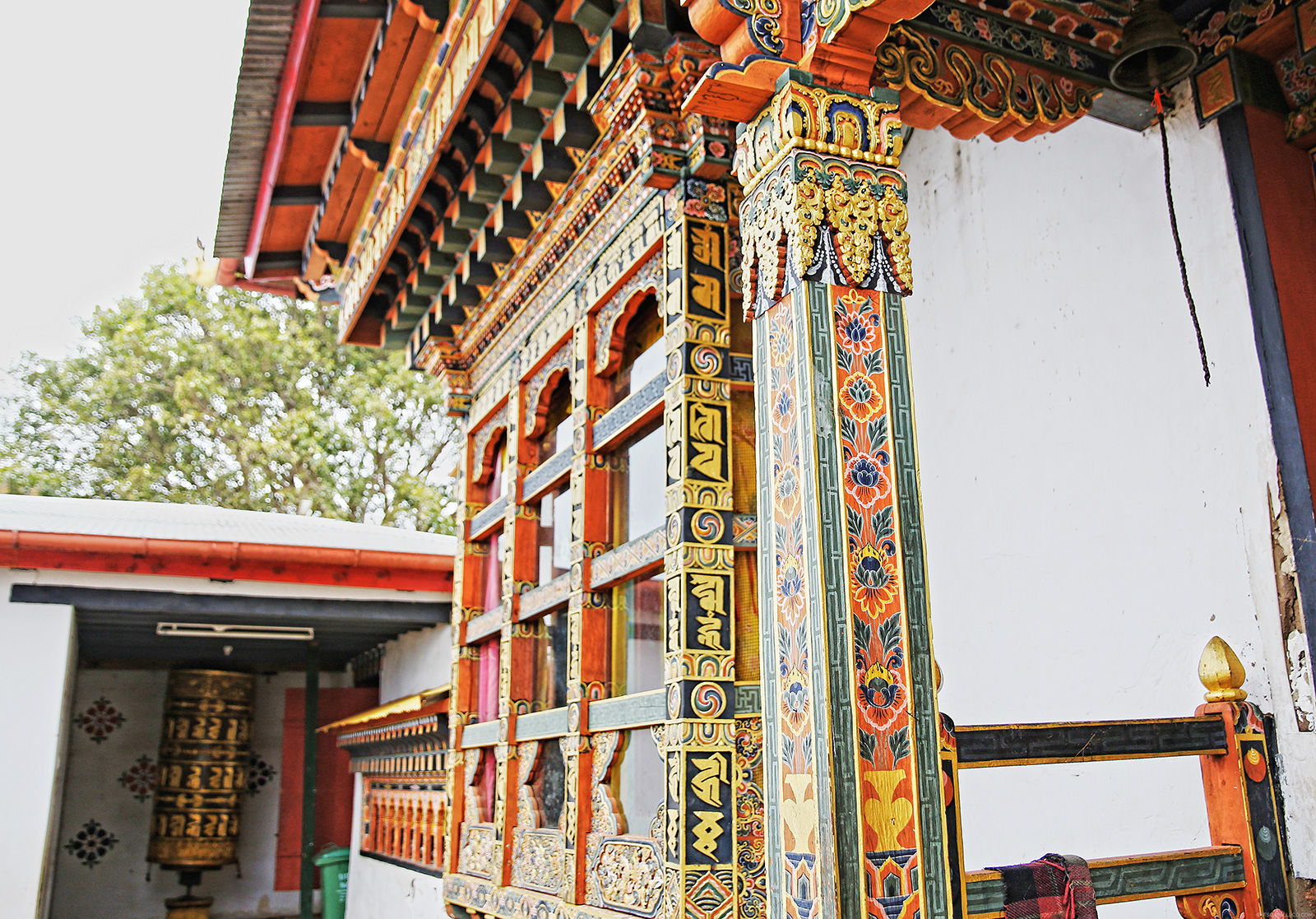
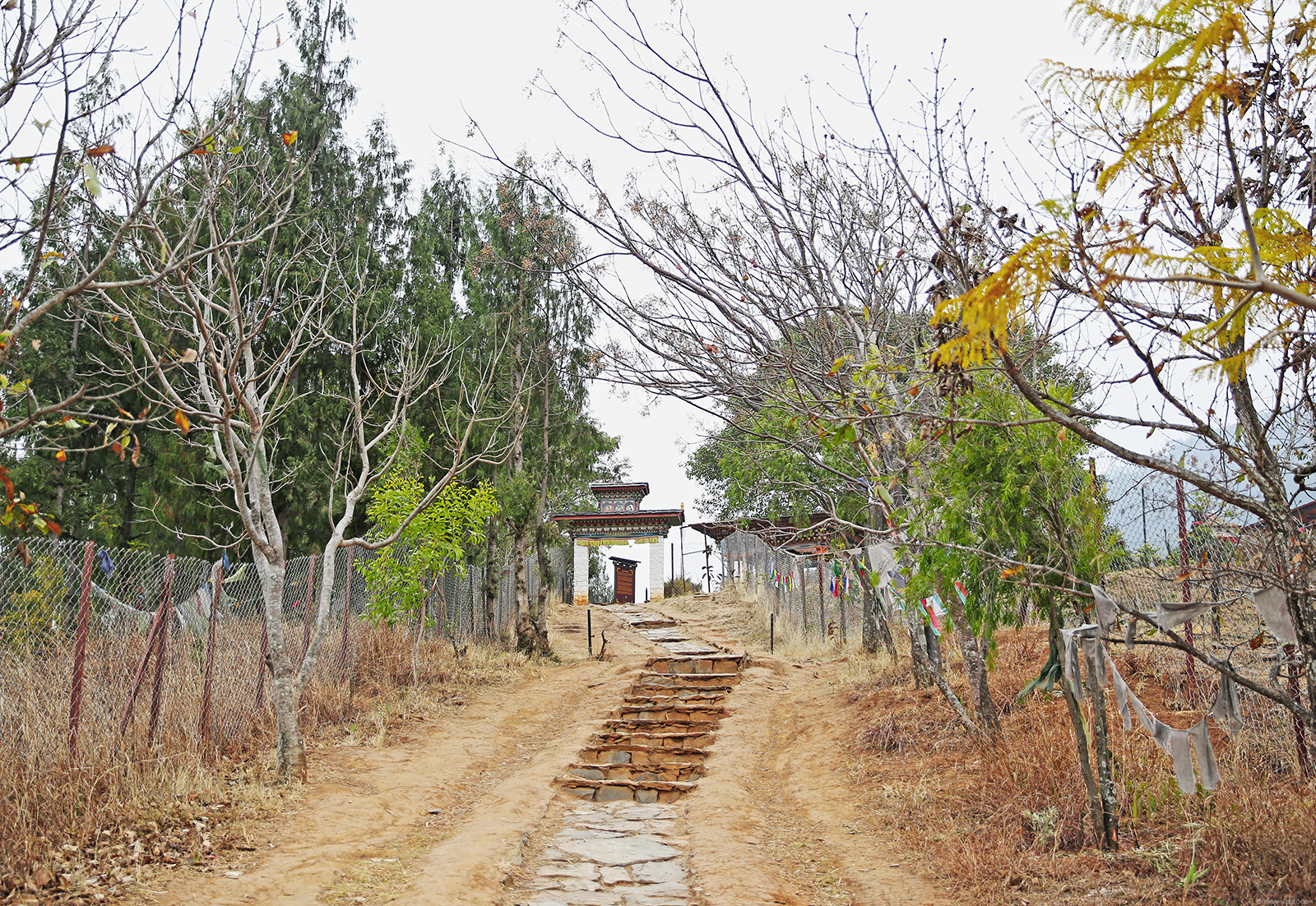
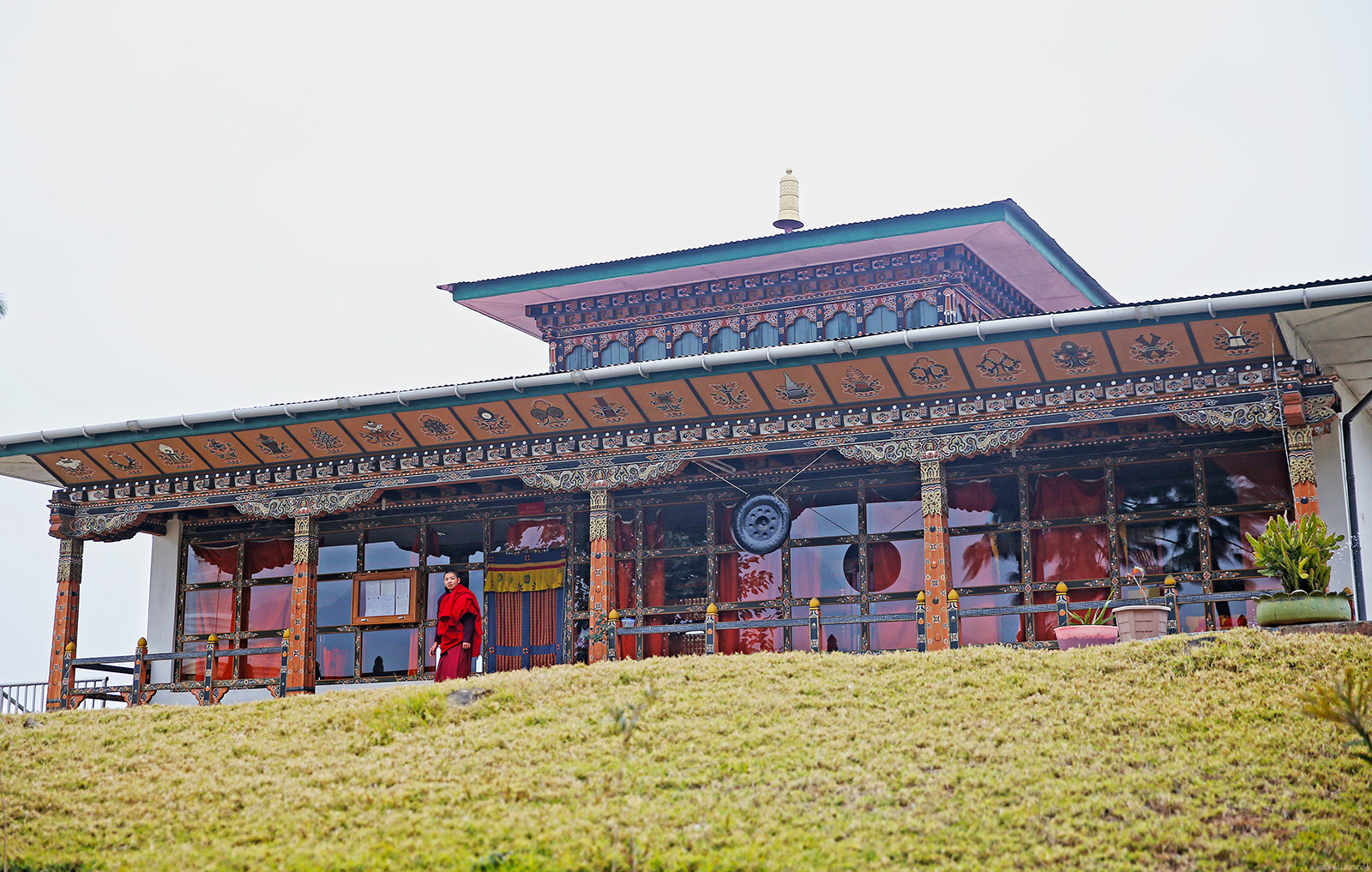
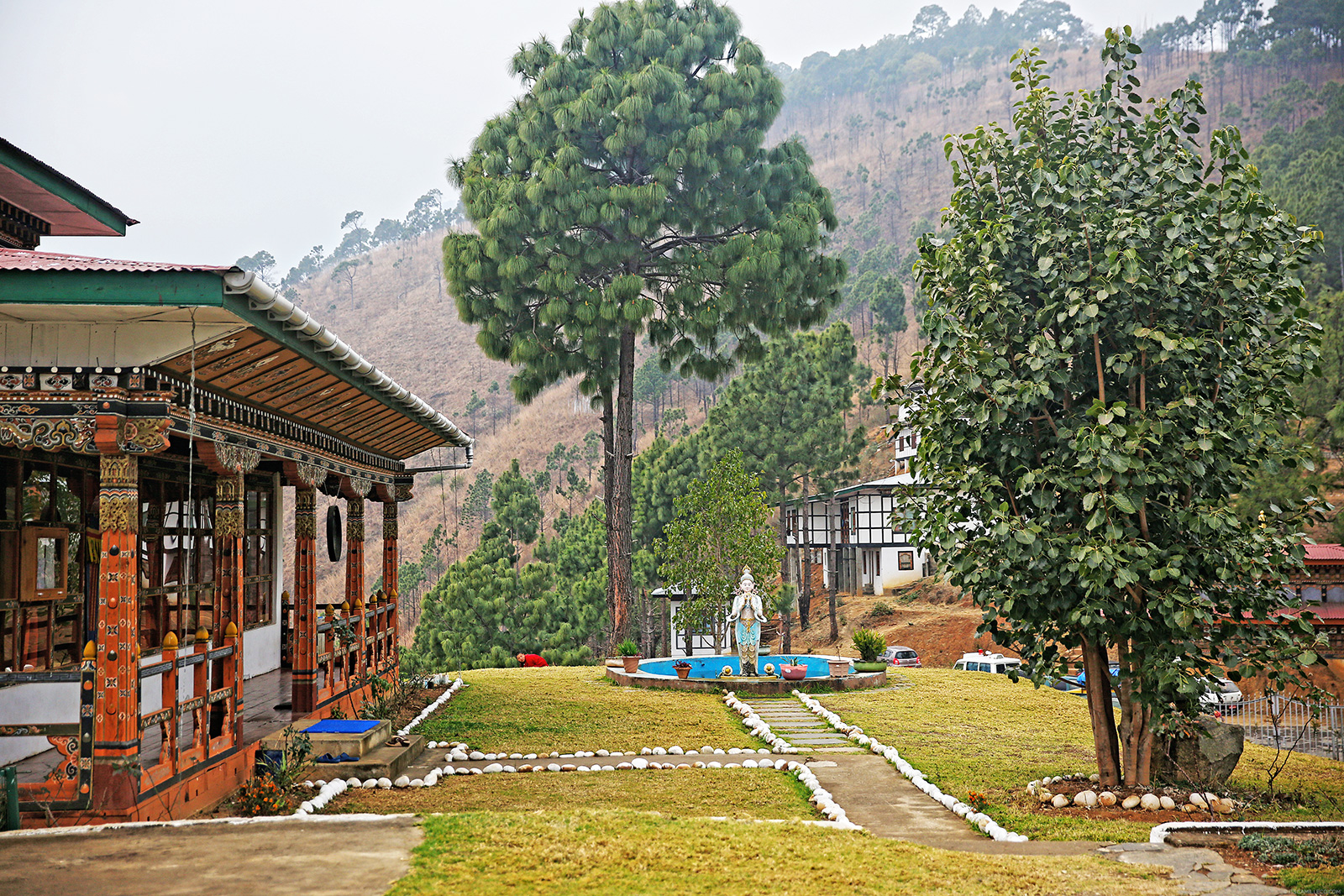
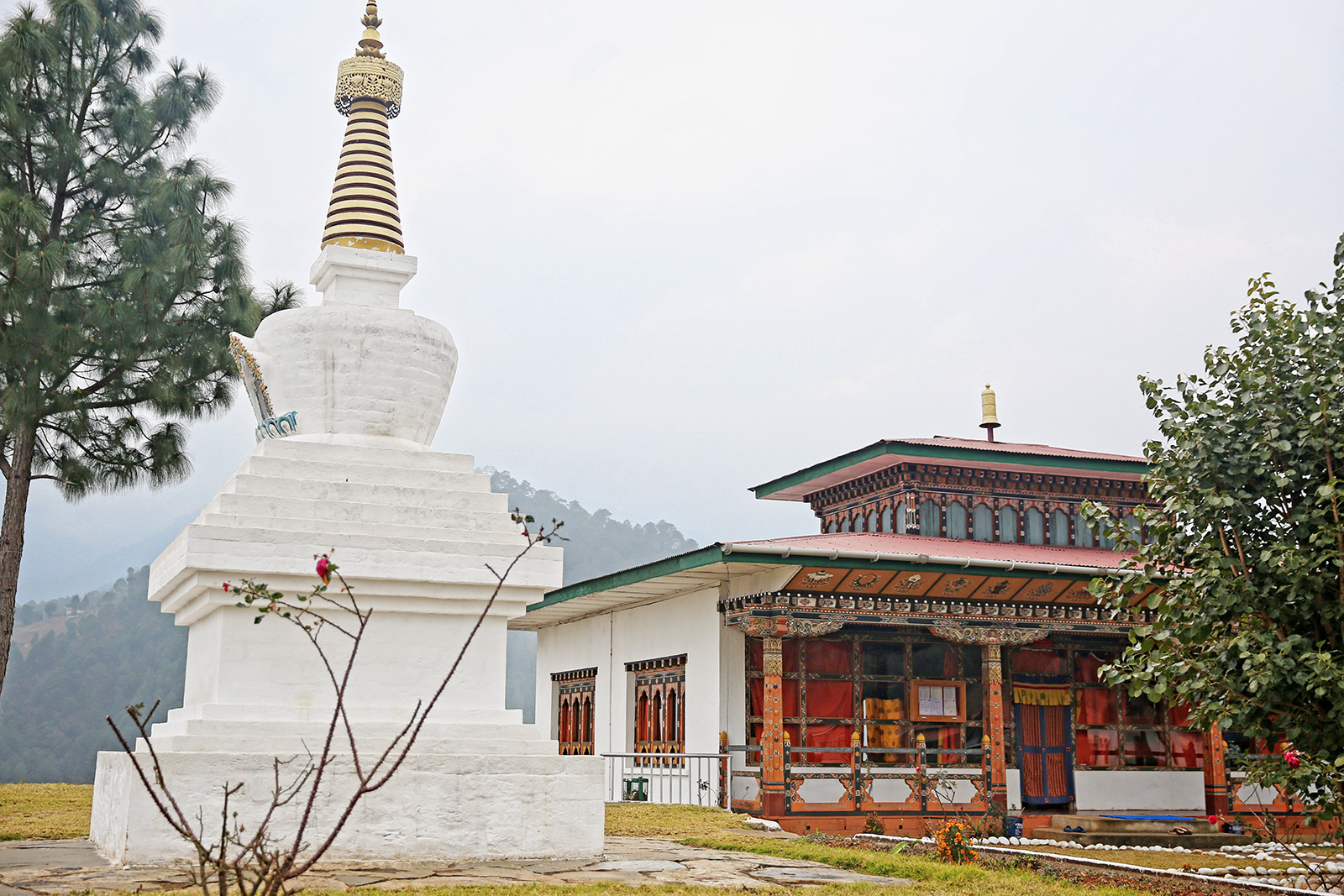
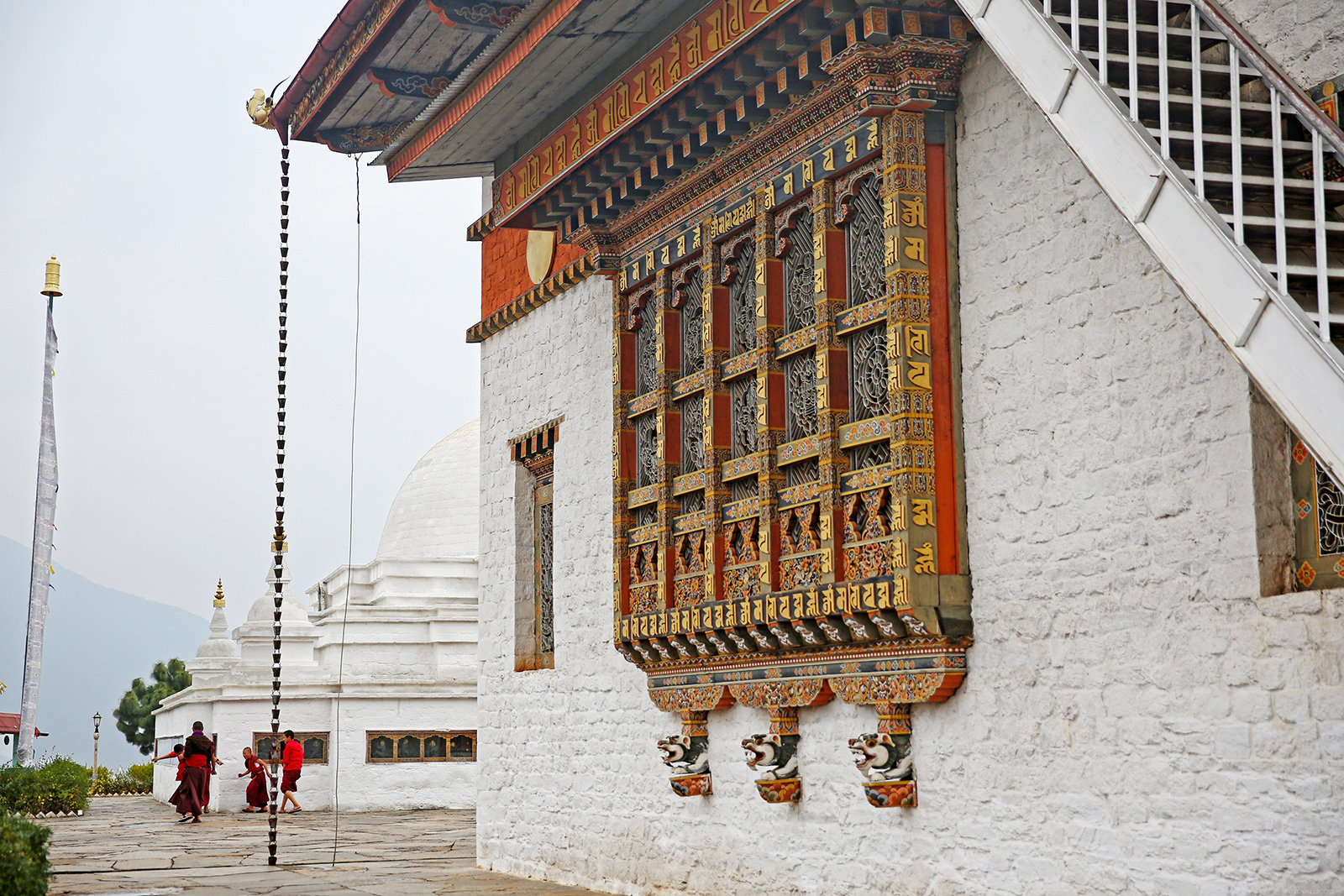
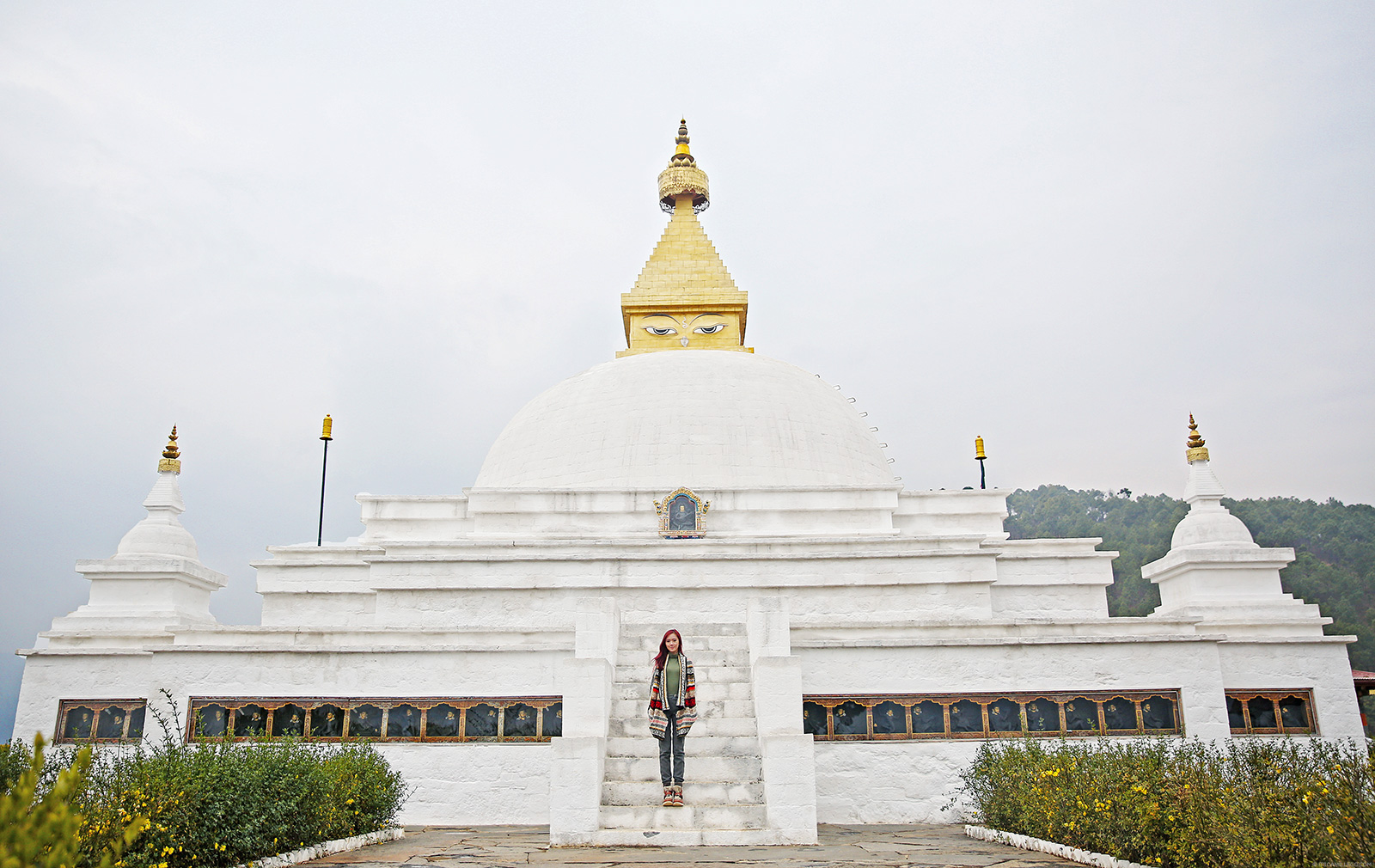
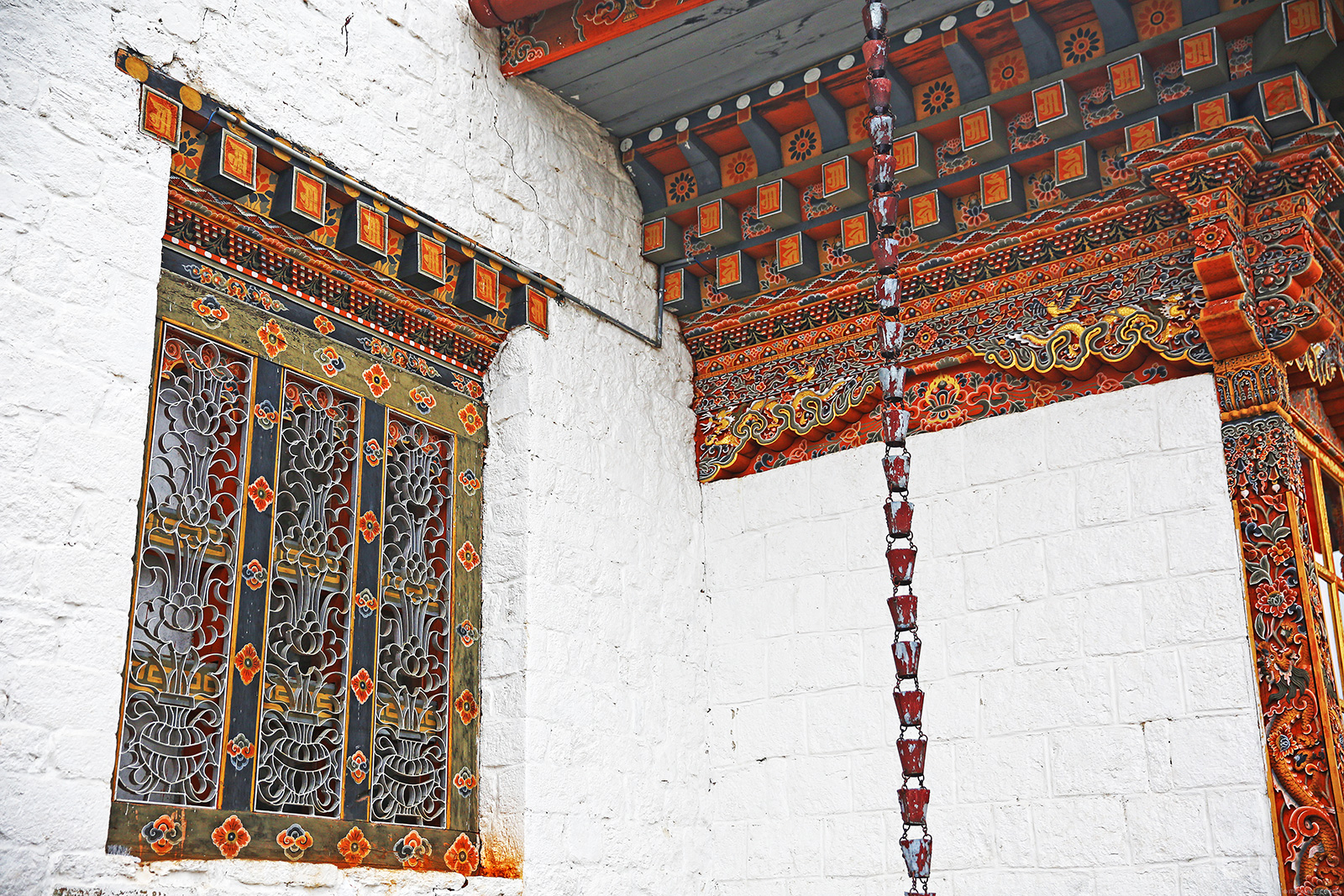
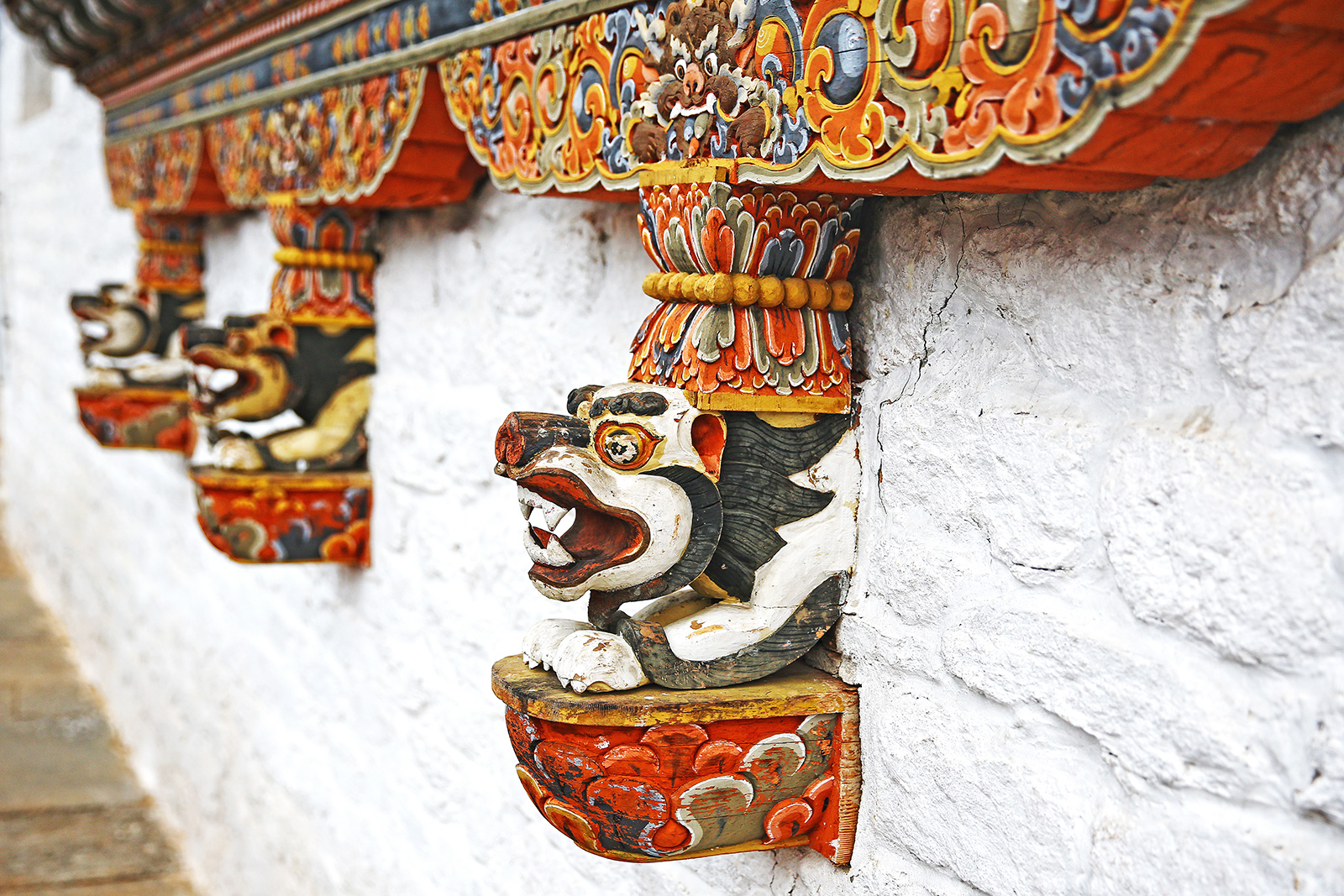
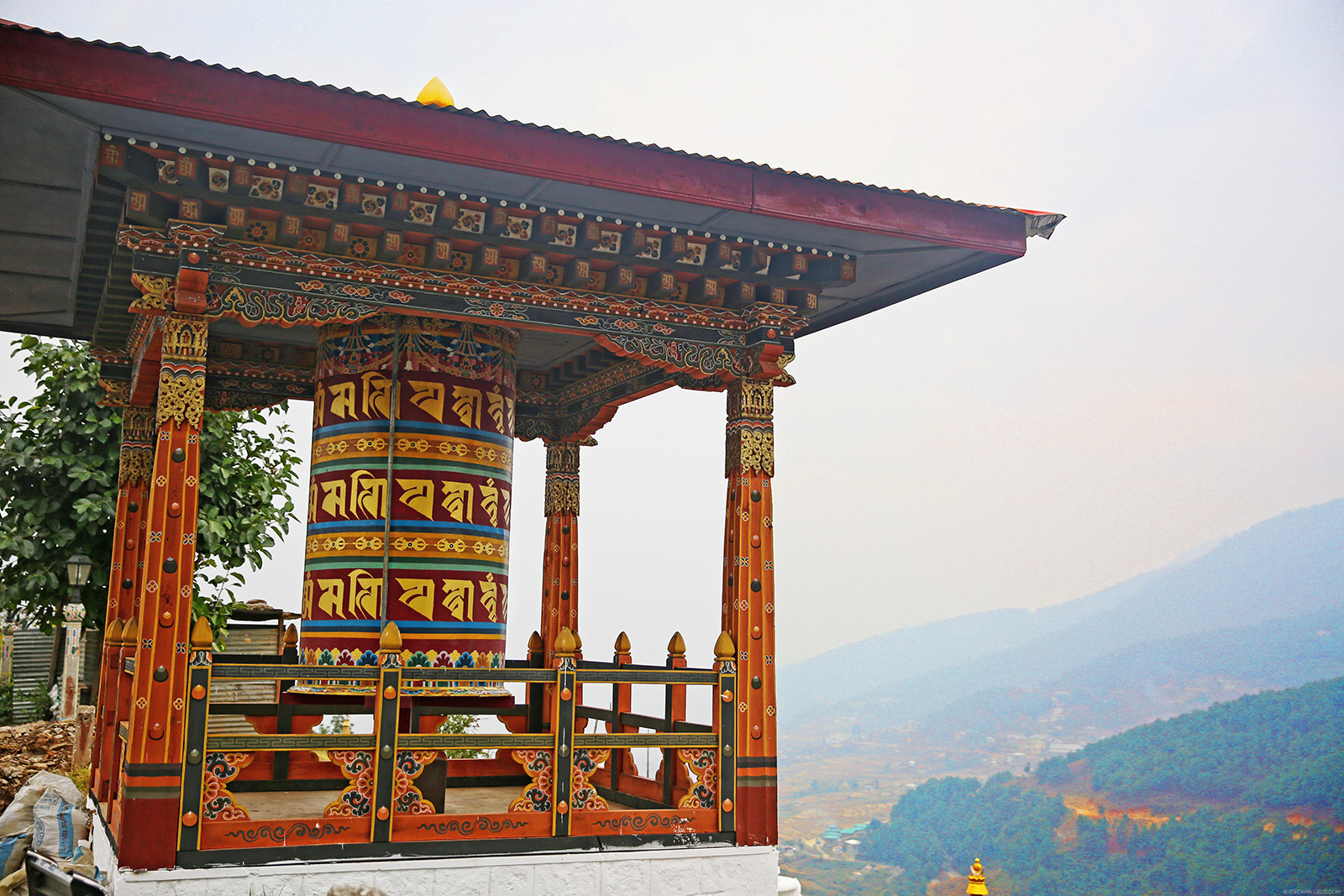
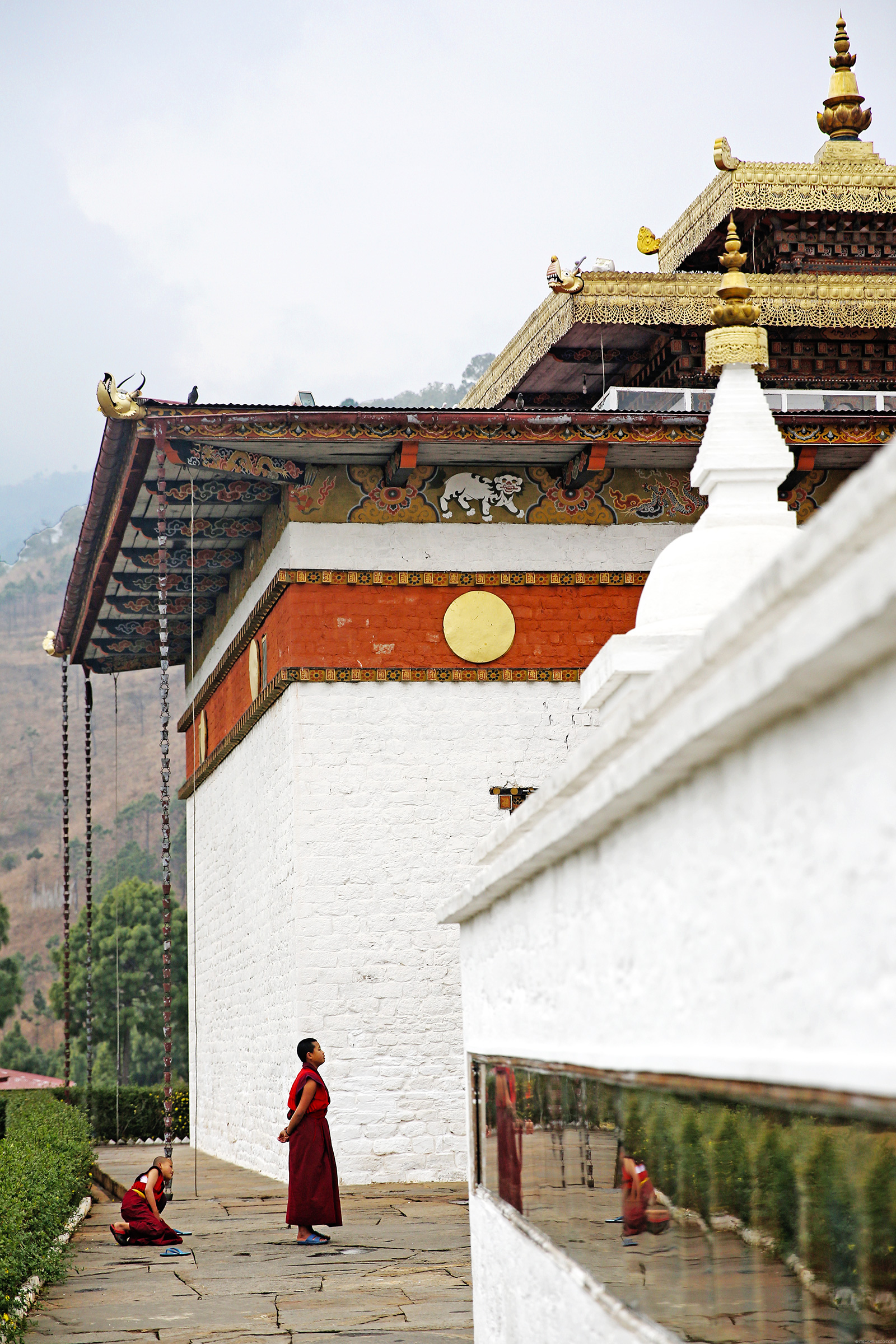
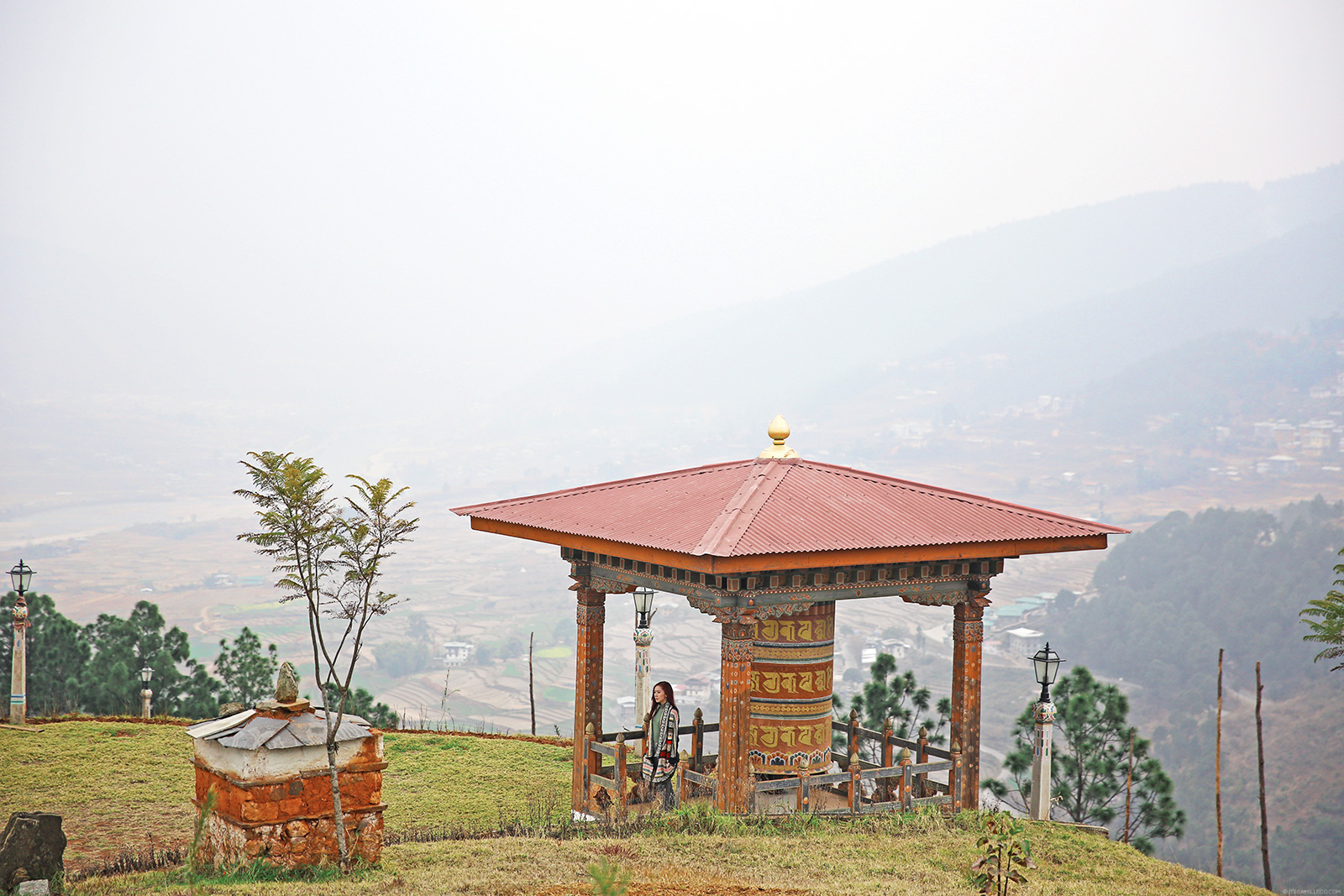
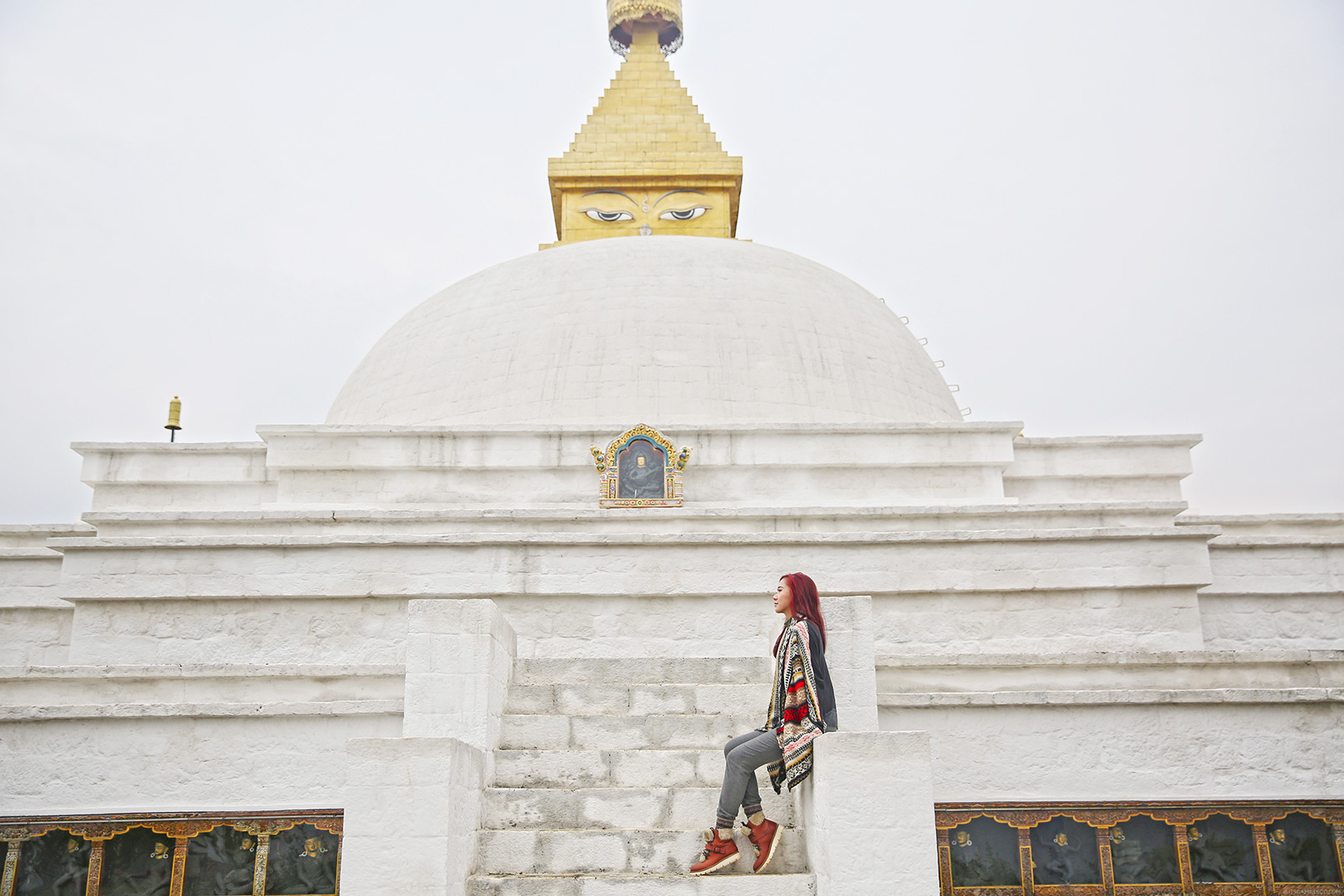
Learned something new today, hooray! I never thought a place like this existed. Such an interesting culture!
Super!
Amazing place!!! Wanna just go here to relax and reflect on life lol
Perfect for it!
thank you, very beautiful photos
The fifth photo ;) :D
Thanks Anne-marie!
Oh wow yeah that is an interesting painting on the wall there :’) but seriously these photos are just beautiful. Bhutan is definitely top of my bucket list <3
The Quirky Queer
LOL! Interesting is the way to describe it :)
The scenery here is breathtaking! <3 :) I love it so much!
XO, Elizabeth
http://clothestoyouuu.com/
So true!
amaaaazing place, you are totally blessed to finally see it with your own eyes <3 so lucky :)
SRS Blogger | NEW POST : HOW TO DEAL WITH THE SMELL OF YOUR PERIOD
Thanks Ollyvia! :)
Such beauty! Now I want to be whisked away to Bhutan! It’s a great mix of culture and nature in one.
http://annescribblesanddoodles.blogspot.com
Totes!!! :) I really loved this trip :)
pretty ornaments <3
breepluse.blogspot.com
Thanks Brenda!
greeneeeeeerrryyyyy = to fresssshhyyyyy air…..
good editing skills <3
Thanks Renly!